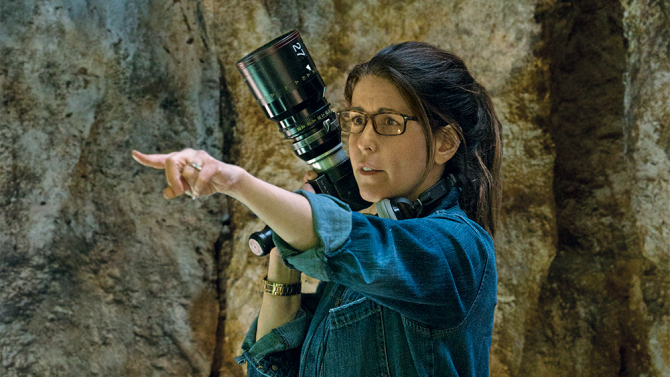Boy wonders populate the history of Hollywood. As familiar figures in the mythology of the filmmaking business, these young geniuses use their considerable talent and drive to achieve the unachievable. Orson Welles earned the moniker for his masterwork, “Citizen Kane.” Popular critics and scholars hailed the prolific MGM producer Irving Thalberg for his sixth sense regarding movie audience preferences and proclivities. While these titans of film certainly possessed their fair share of skill and determination, their place in the public consciousness was solidified by press accounts that transformed these men into larger-than-life personalities possessing almost superhuman abilities and ambition. Today, the amalgam of industry awards and wall-to-wall press coverage routinely creates boy wonders who break and transcend the boundaries of cinematic storytelling.
This story first appeared in the June 06, 2017 issue of Variety.
Girl wonders have been considerably harder to come by, not because there haven’t been or aren’t incredibly talented women of all ages directing critically successful films and making important contributions to filmmaking, but because the mainstream film industry and its environs have been resistant to acknowledge the contributions of women who make films, or have excluded them from the discussion entirely. When Andrew Sarris wrote his landmark book “The American Cinema: Directors and Directions 1929-1968,” he didn’t include a single female in his pantheon of directors, listing multihyphenate Ida Lupino under “Oddities, One-Shots, and Newcomers.” The major purveyors of awards have also lagged behind in acknowledging the filmmaking prowess of women who direct. Kathryn Bigelow remains the only woman to earn an Oscar for best director, and Sofia Coppola just became the second woman to ever receive the best director award at the Cannes Film Festival (for “The Beguiled”).
Bigelow is one of the only women to experience the outsize attention necessary to achieve “wonder” status as a film director. With her Oscar nominations for “The Hurt Locker,” reporters shifted into overdrive, effectively turning Bigelow, a director known for crafting independent tales of masculine bonding and violence, into a larger-than-life storyteller. Journalists unabashedly gushed that she could accomplish feats that most ordinary filmmakers could not, braving the extreme conditions of Jordanian summers when shooting her film while crew members struggled to keep up with her pace and stamina.
In the process, Bigelow became a mythic creature. Film writers fantasized about all of the things Bigelow could do. Writing for The Washington Post in 2009, Stephen Hunter mused, “She can probably hold her liquor, discuss art, socialize with senators and duchesses, shoot skeet and dance an incredible rumba.”
Patty Jenkins may be our next girl wonder. The early press coverage of Jenkins has started to construct her mythology, including the personal hardships she has overcome and her unique ability to choreograph compelling action sequences possessing a balletic quality. Reviewers have noted how easy Jenkins has made the daunting task of helming a successful $100 million-plus feature look. Article after article has commented on the intense scrutiny this film is under — that the success of “Wonder Woman” could affect the prospects of future female-led big-budget films for years to come — and on the director’s ability to compartmentalize the pressure.
If these initial media reports are any indication of what’s to come, Jenkins is well positioned to achieve girl wonder status, becoming an inspiration for future directors, who happen to be female. But Jenkins remains just one director in a sea of males. According to the Center for the Study of Women in Television and Film’s latest Celluloid Ceiling study, women comprised just 7% of directors working on the top 250 domestic grossing films of 2016. Women accounted for 9% of directors in 1998. Other high-profile women also have films opening this summer, including Coppola and Bigelow (“Detroit”). While the successes of these women and their films are cause for celebration, we also need to remain mindful that 7% remains a long, long way from achieving parity in the director’s chair.


Leave a Reply